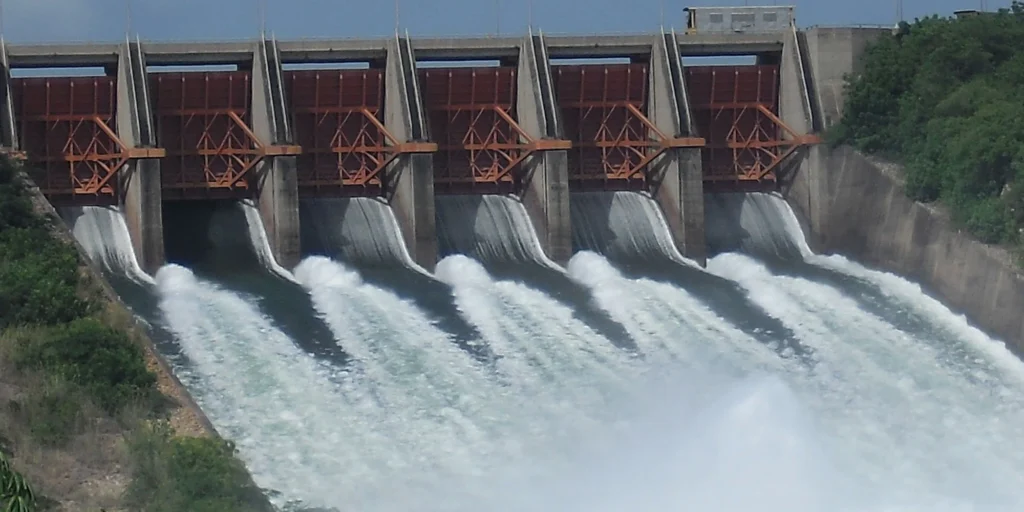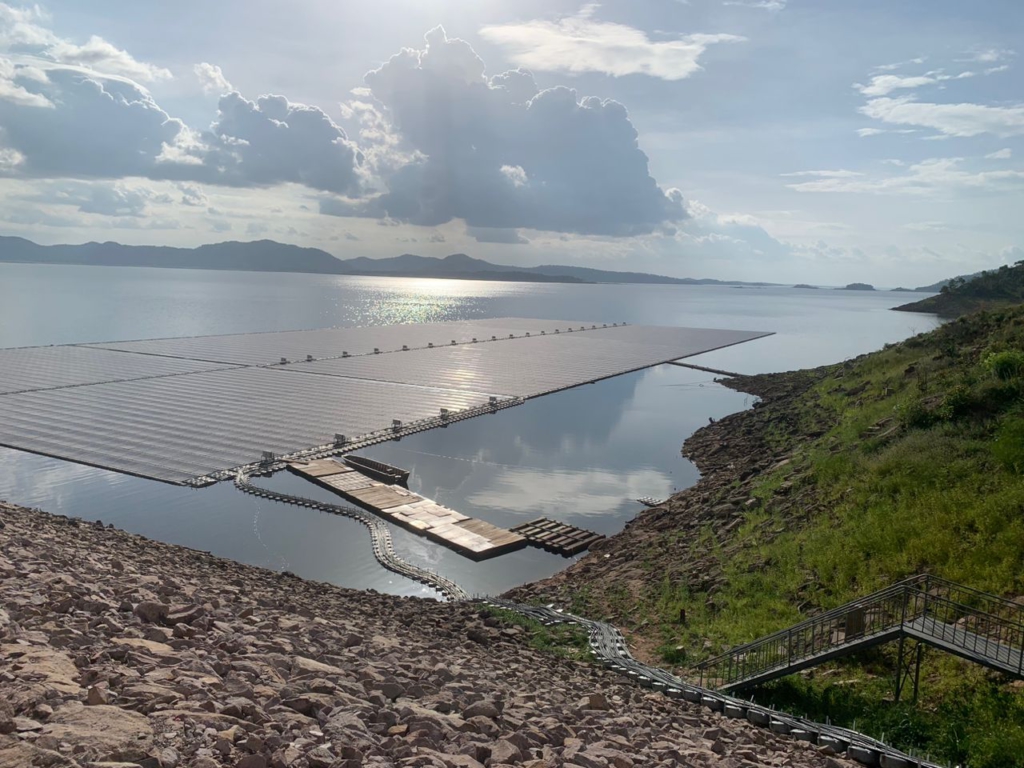According to the latest energy report from Ghana’s Energy Commission, the country’s goal of achieving 10% renewable energy in its electricity mix by 2030 will be a tough hurdle to overcome.
The Energy Commission’s 2024 Energy Statistics report highlights the progress and challenges of renewables in a nation heavily reliant on hydropower and thermal plants, raising concerns about whether the country can meet its Sustainable Development Goal 7 (SDG7) targets.
A Small but Growing Renewable Footprint
In 2023, Ghana’s total installed electricity generation capacity reached 5,639 megawatts (MW), a 5.5% increase from the previous year.
Of this, renewable energy sources, primarily solar, accounted for just 2.3%, or 132 MW, with contributions from projects like VRA Solar in Lawra (6.5 MW) and Kaleo (28 MW), BXC Solar (20 MW), Meinergy (20 MW), Bui Solar (55 MW), and Safisana Biogas (0.1 MW).
While renewable capacity has nearly tripled since 2018 (from 43 MW), the report underscores that the current trajectory falls far short of the 10% renewable energy target set for 2030 under Ghana’s Renewable Energy Master Plan, which aligns with SDG7’s aim for affordable, reliable, and modern energy access.
At the current growth rate, renewables would need to expand significantly faster to contribute 564 MW—or roughly 10% of the 2023 installed capacity—within the next five years.
Barriers to Scaling Up
Several factors hinder Ghana’s renewable energy ambitions. The high capital costs of solar infrastructure remain a significant barrier, particularly in a country where thermal plants, fueled by abundant natural gas (114.89 trillion British thermal units in 2023), dominate the energy mix.
The report notes that natural gas and oil together accounted for 64.1% of the total energy supply (13,218 thousand tonnes of oil equivalent, or ktoe) in 2023, dwarfing solar’s contribution of just 13 ktoe.
Grid integration poses another challenge. Many solar projects operate at the sub-transmission level as embedded generation, requiring costly upgrades to Ghana’s aging grid infrastructure.
Transmission losses, though reduced to 3.86% in 2023, and distribution losses of 27% (with ECG at 26.9% and NEDCo at 31%) highlight systemic inefficiencies that could complicate the integration of variable renewable sources like solar.
Moreover, the report reveals a heavy reliance on hydropower (28.1% of capacity) and thermal plants (69.6%), which benefit from established infrastructure and lower short-term costs.

Economic and Policy Challenges
Ghana’s energy sector is also strained by economic pressures. The average electricity price surged by 71% from 2022 to 2023, reaching GHC 1.35/kWh, driven by rising fuel costs and currency fluctuations.
While this could incentivize investment in cost-competitive renewables, the report notes that crude oil prices (US$82.2/bbl in 2023) and petroleum product prices (e.g., GHC 12.71/L for gasoline) remain volatile, diverting resources to fossil fuel imports (4,667 kt in 2023).
Policy gaps further complicate the picture. Although Ghana has made strides in expanding electricity access—88.85% of the population and 87.49% of households were connected in 2023—the focus on grid expansion has prioritized traditional energy sources.
Incentives for renewable energy, such as feed-in tariffs and tax breaks, have been slow to scale, and private investment in solar remains limited compared to state-backed thermal projects.

A Regional Powerhouse, but Not in Renewables
Ghana’s emergence as a net electricity exporter, with 2,528 GWh exported in 2023 compared to just 79 GWh imported, underscores its regional energy leadership.
However, this export capacity relies heavily on thermal and hydro generation, with renewables playing a negligible role.
The report suggests that incorporating more solar into the export mix could enhance Ghana’s reputation as a sustainable energy hub, but current trends indicate a continued dependence on fossil fuels.
Too Little, Too Late for Renewable Target?
To achieve the 10% renewable energy target by 2030, Ghana would need to add approximately 430 MW of renewable capacity in the next five years—a daunting task given the current pace of deployment.
The report’s data on renewable generation (148 GWh in 2023) and capacity (132 MW) indicate that annual growth rates must accelerate significantly, requiring an estimated investment of hundreds of millions of dollars and robust policy support.
This article was summarised with the help of AI and reviewed by human editors




